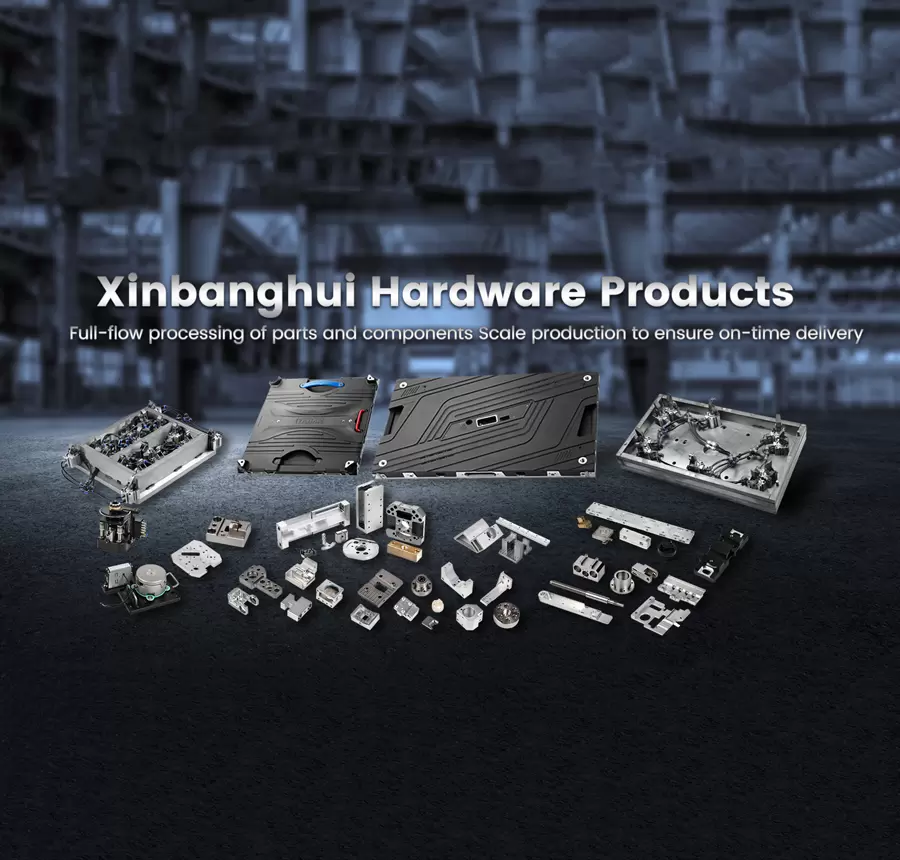In today's globalized world, the transportation of goods across the ocean plays a pivotal role in international trade. Understanding the common methods employed for this purpose is crucial for businesses and individuals involved in import-export activities. In this article, we will delve into the intricacies of ocean freight transportation, exploring the various methods used, their advantages, and the factors influencing their selection.
- Container Shipping:
Container shipping is the most prevalent method of transporting goods across the ocean. It involves the use of standardized containers, typically 20 or 40 feet in length, to store and transport cargo. These containers are loaded onto specialized container ships, ensuring efficient handling and secure transportation. Container shipping offers several advantages, including ease of handling, reduced risk of damage, and the ability to transport goods of various sizes and types. - Roll-on/Roll-off (RoRo) Shipping:
RoRo shipping is a method primarily used for transporting vehicles, heavy machinery, and oversized cargo. It involves vessels equipped with ramps, allowing vehicles to be driven on and off the ship directly. This method eliminates the need for cranes or other lifting equipment, making it a cost-effective and time-efficient option. RoRo shipping is particularly popular for automobile transportation, as it ensures safe and secure transit. - Bulk Shipping:
Bulk shipping is employed for the transportation of large quantities of unpackaged goods, such as grains, coal, and minerals. This method involves the use of bulk carriers, specifically designed to handle loose cargo. These vessels have large holds and specialized equipment, such as conveyor belts or grabs, to load and unload the cargo efficiently. Bulk shipping offers economies of scale, enabling the transportation of massive quantities at a lower cost per unit. - Breakbulk Shipping:
Breakbulk shipping refers to the transportation of non-containerized cargo, typically consisting of individual pieces or units. Unlike container shipping, breakbulk cargo is loaded and unloaded individually, requiring specialized equipment like cranes. This method is preferred for goods that are oversized, heavy, or require special handling. Breakbulk shipping allows for greater flexibility in terms of cargo types and destinations, making it suitable for niche markets. - Factors Influencing Method Selection:
Several factors influence the choice of transportation method for goods across the ocean. These include the nature of the cargo, cost considerations, transit time requirements, destination accessibility, and environmental considerations. Businesses must carefully evaluate these factors to determine the most suitable method for their specific needs.
Conclusion:
The transportation of goods across the ocean is a complex process that relies on various methods tailored to different cargo types and requirements. Container shipping, RoRo shipping, bulk shipping, and breakbulk shipping are the most common methods employed. Each method offers distinct advantages and is selected based on factors such as cargo type, cost, and transit time. By understanding these methods and their suitability, businesses can optimize their supply chains and ensure efficient and reliable transportation of goods across the ocean.





